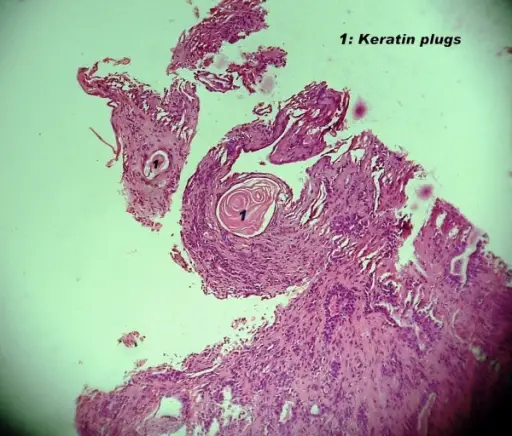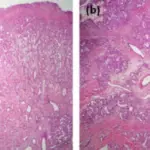One must consider the different types of salivary glands. There are four types of salivary glands; three major, and one minor. The three major salivary glands consist of the parotid, submandibular, and sublingual. The minor salivary glands consist of many salivary glands located along the mucosa of the oral cavity. The major salivary gland disorders range from minor/unknown pathology, to inflammatory, to tumors which may be benign or malignant.
The major types of salivary gland disorders include:
- Mucocele
- Ranula
- Xerostomia (dry mouth due to decreased saliva production)
- Sialadenitis (inflammation of the salivary gland)
- Sialolithiasis
Benign Salivary Gland Tumors
- Pleomorphic adenoma
- Myoepithelioma
- Basal cell adenoma
- Papillary cystadenoma lymphomatosum (Warthin tumor)
- Oncocytoma
Malignant Salivary Gland Tumors
- Acinic cell carcinoma
- Adenoid cystic carcinoma
- Clear cell carcinoma
- Mucoepidermoid carcinoma
- Oncocytic carcinoma
- Basal cell adenocarcinoma
- Secretory carcinoma
- Epithelial-myoepithelial carcinoma
- Polymorphous adenocarcinoma
- Sebaceous adenocarcinoma
- Intraductal carcinoma
- Salivary duct carcinoma
- Adenocarcinoma, NOS
- Myoepithelial carcinoma
- Carcinoma ex-pleomorphic adenoma
- Poorly differentiated carcinoma
- Squamous cell carcinoma
- Carcinocarcinoma
- Lymphoepithelial carcinoma
- Sialoblastoma



